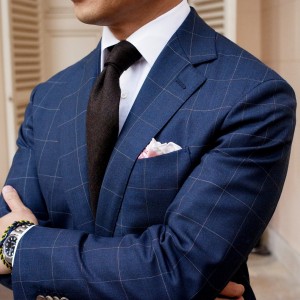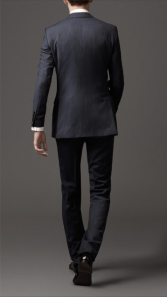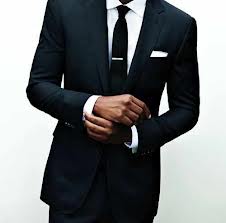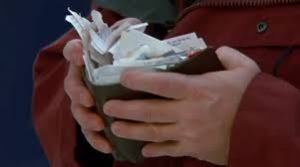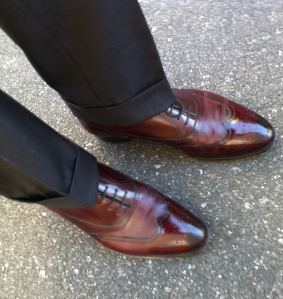A visit to the right tailor should pave the path to being dressed like royalty. But to be dressed like a King, you need to have an Ace up your sleeves. With that said, here is an outline of how your suit should fit, and by extension of that, what you should look out for when at your inaugural (or second or third) bespoke appointment! With that said, here is our guide to finding the best fitting suit!
Shoulder – The shoulder line should fit snugly around your shoulders, and should not be wavy or bunch up. Shoulder padding should fall straight down from your shoulders. Pads can be added to even the shoulders if necessary.
Collar and Rear Shoulders -The collar and back of your shoulders should lay flat. If the collar is pulling away from your jacket, this indicates that your jacket collar needs to be raised. There should also be no gap between your shirt and jacket collar! Similar to your shirt sleeve length, your shirt collar should extend above the jacket collar by approximately ½ an inch.
Suit Back -The back of the jacket should be enough to cover your backside with ½ an inch to spare!
Vents -Suits can have single, double or no vents. A vent is an opening on the back bottom of the jacket that allows for ease of movement. Double vents are dressier than a single vent and are always found on a double breasted jacket. The no vent look is Italian but it should be noted that this results in no give for the jacket! So if you like to dress ultra-tight, this may be your best option. French men, please take note!
Sleeves -The jacket sleeve should curve slightly, just like your arm. Sleeve cuffs should fall where your wrist meets your hand, and should allow for an extra ¼ inch approximately for your shirt sleeves to show!
Trousers
Waist – Wear your trousers on your waist, which is the horizontal line from your belly button. Try sitting down to ensure that they will be comfortable.
The Drop should adequately embrace the difference between your chest and waist measurements. Hence, for a chest of 40 inches and waist of 34 inches, a 6 inch drop would ensure a tapered look.
The Rise is the length from your crotch to your waist. Taller men will usually require a longer rise, which is around 11 ¼ inches, while shorter rise stands at around 10 ½ inches and regular rise at around 11 inches.
Pleats – The Front of your pants can either be pleated or flat front (no pleats). While flat fronts have become increasingly popular, as they accentuate the shape of a man’s body and serve to make us look slimmer, pleats actually serve a functional purpose. Pleats are folds on each side of the fly and automatically widen at the hips when you sit down, giving you more room when need it. Pleats also allow you to put more stuff in your pocket. So if you are an ardent fan of the George Costanza wallet, go for pleats!
When you are trying on your trousers, make sure that your pleats are flat. If they protrude out, this is a clear sign that your pants are too tight and you need to trade up a size or more.
Length – The length of your trousers should long enough so that your socks don’t show while walking (kind of obvious!). They should break at the front of your shoes and the tip of the heel at the back of your shoes.
Cuffs – look traditional on suit pants and add weight to the fabric. As an extension of this, your trousers will drape better.
There you have it. Hopefully, after all this, you don’t end up looking like this dude:
Alright, fine, he’s well dressed. But suits and scientology don’t exactly go hand in hand. If you too have any suggestion of wearing a suit properly, then we are here to hear from you soon!
Need help with your tie shopping? Feel free to check out our Tie Starter Kits that come with a Free Style Consultation!

